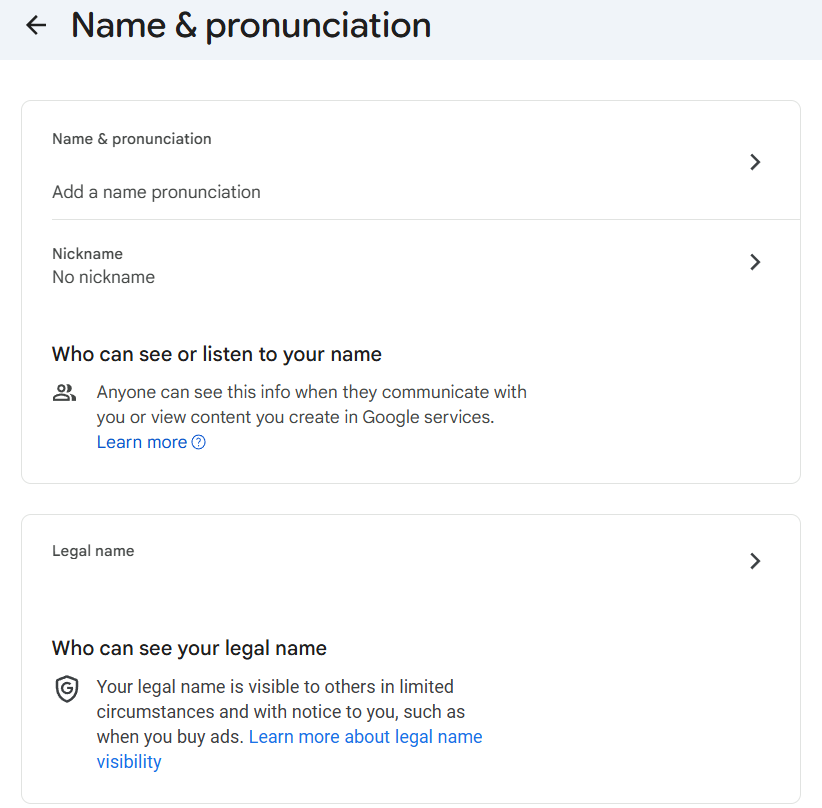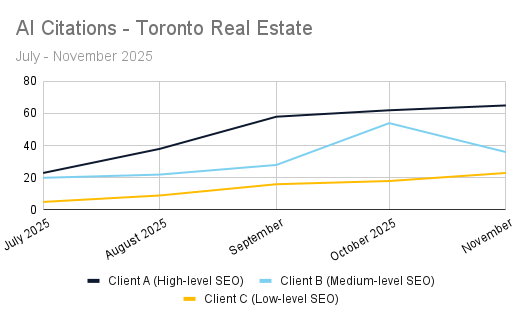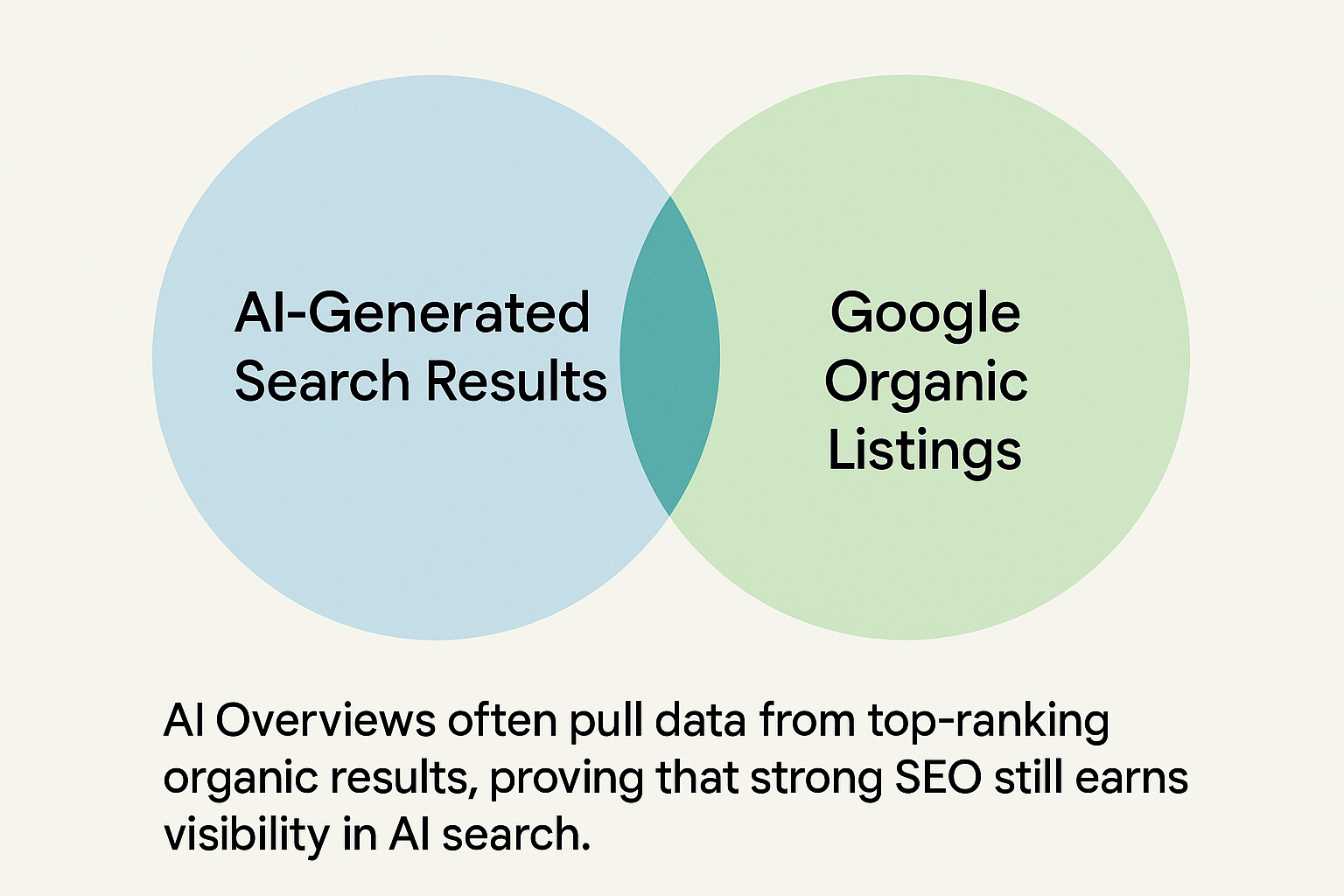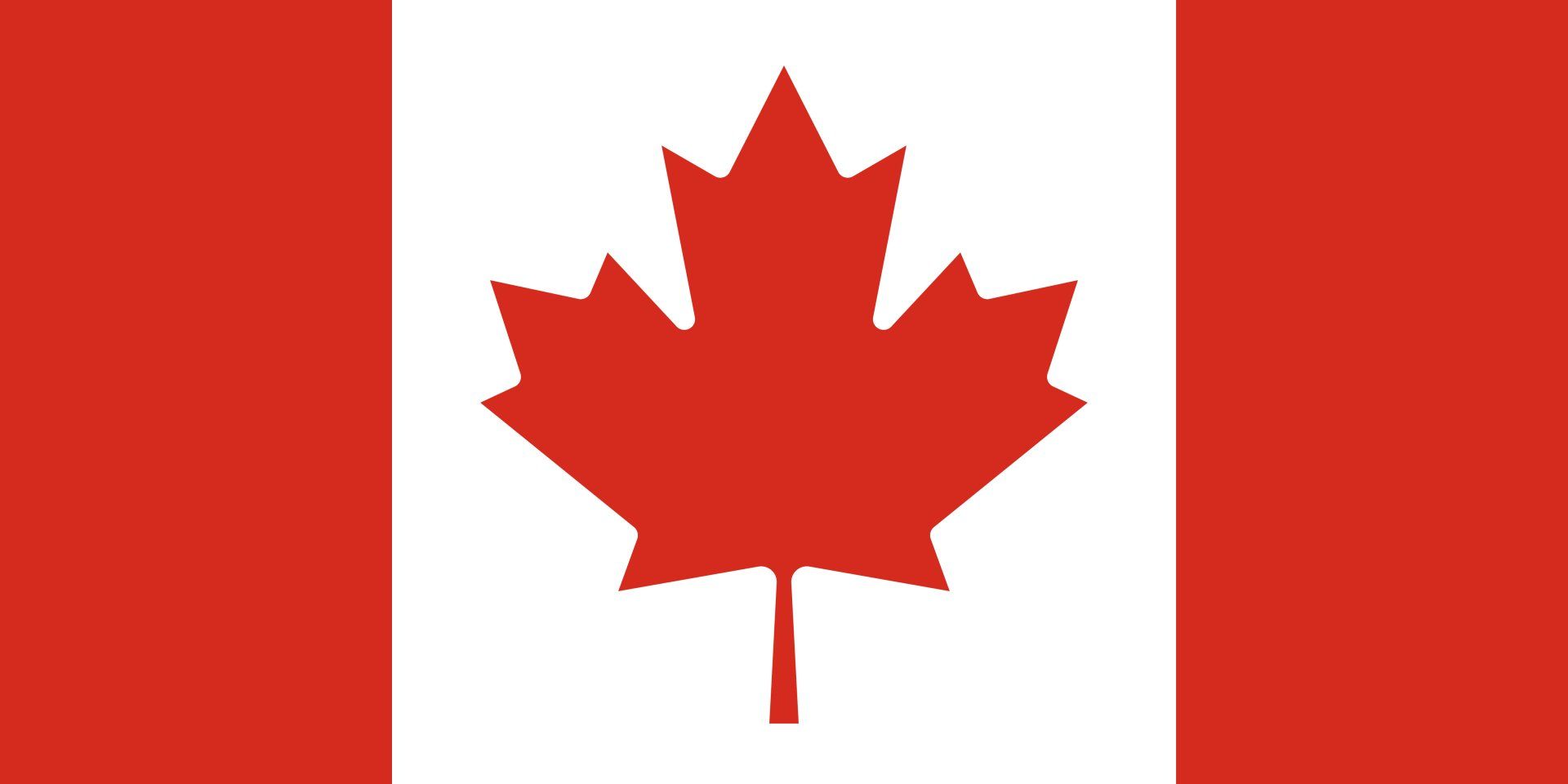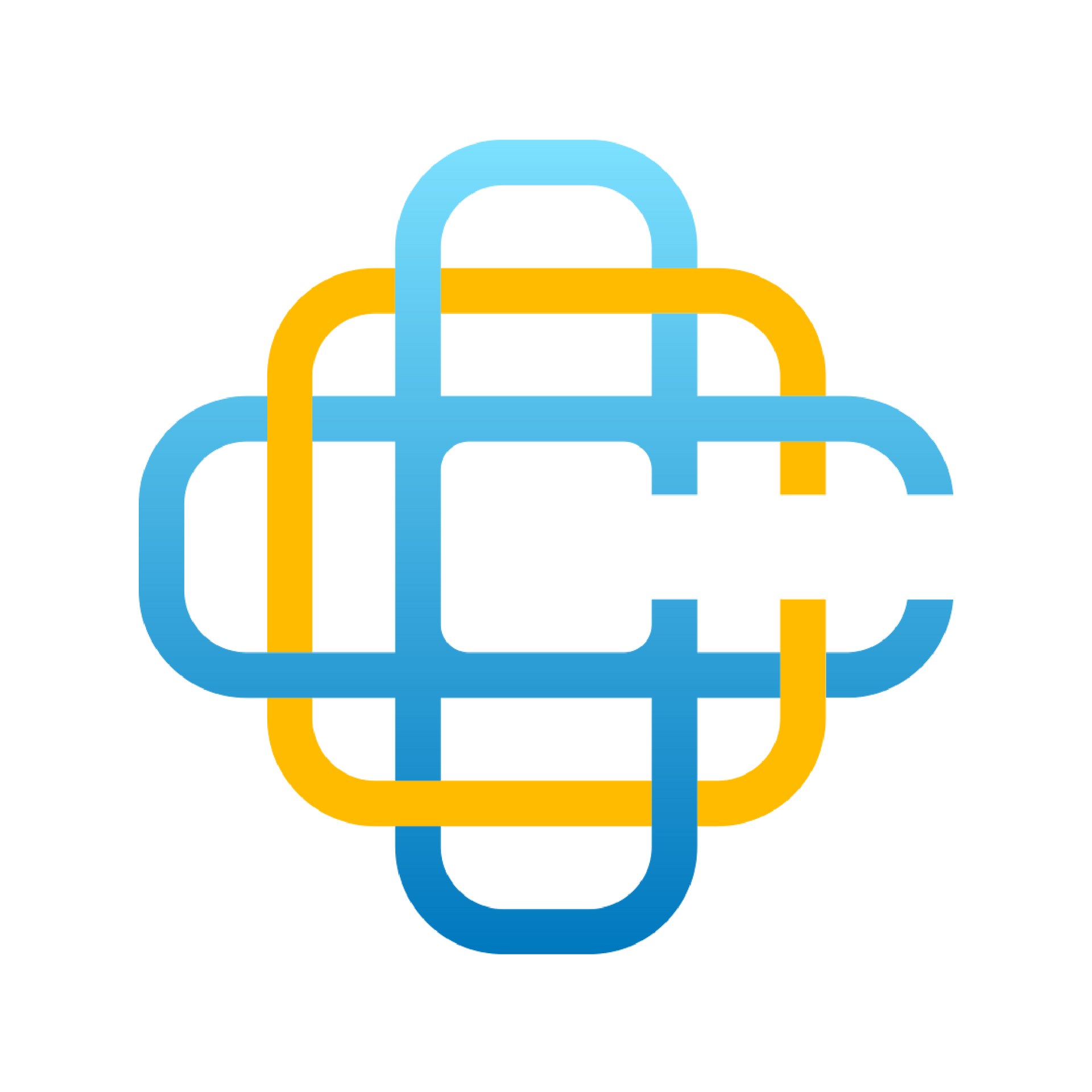Marketing Funnels 101: Why Your Business Needs Them + How They Work
The goal of any marketing campaign is to trigger a conversion. But before a conversion can take place, there are many steps in the marketing funnel that need to occur.
Think about it like this: How often do you purchase something when you first learn about it? You likely learn about a product, research it, see what other people are saying, and make a decision. All of these steps make up what’s described as the customer journey.

And few tools can help you navigate the buyer’s journey quite like marketing funnels. So, what are marketing funnels, and what can they do for your business?
Marketing funnels have been a tried and true tool for helping businesses reach prospective customers at every step of the customer decision journey. They help businesses organize their marketing efforts into clear and simple stages.
All of this allows your business to identify areas of improvement by establishing effective marketing strategies to promote your solutions on all the channels you are visible on.
Are you interested in learning more about marketing funnels? In this article, we’ll discuss what a marketing funnel is, teach you about the customer journey, and provide you with other actionable tips.
What is a Marketing Funnel?
The sales marketing funnel is a general outline of the journey that consumers take when going from potential customer to actual customer. In reality, this process is quite complex but the stages of the marketing funnel help simplify these stages into digestible and actionable areas of improvement.
Many variations of the marketing funnel stages exist based on the nature of your business and typical consumer behaviour. However, the general customer stages include:
- Awareness
- Interest
- Consideration
- Commitment
- Conversion
- Delight
As the name implies, the market funnel is an inverted pyramid that is widest at the top and smallest at the bottom –– symbolizing the fact that not all potential customers become actual customers in the customer funnel. It is this funnel process that businesses need to understand to succeed in any industry.
In the modern era of social media and e-commerce, businesses are faced with the task of competing for consumers’ attention among various distractions including direct and indirect competitors.
How Can You Create a Successful Marketing Funnel?
Creating a successful marketing funnel requires studying consumer behaviour at every phase, collecting as much data as possible, using the data to create your ideal buyer personas, and transforming this information into actionable efforts that impact your customer’s experience at every phase.
Your business should continually assess each outcome of your marketing efforts and continually learn from your consumers’ responses in each phase.
Remember, that it’s completely normal for consumers to drop out of your business’ funnel. However, if you happen to notice that you lose most of your consumers in one or two stages, it may indicate a marketing problem that needs rectifying. This is why it’s important to produce content in each phase that effectively targets where your consumers are in the buying process.
But, producing content for each of the marketing stages can only take your business so far. This is why businesses must adopt a process funnel that is flexible and adaptable to change. For example, if your business once offered your product or services in-store but now offers it online, you should review your entire funnel and change your funnel stages to reflect your customers' behaviours for both selling points.
Marketing Funnel Stages Explained
Awareness
The first phase of the consumer buying process is awareness. In the awareness stage, customers are aware that they have a problem that requires a solution. Customers may spend a long time in this stage depending on their perceived urgency of the problem.
For example, think of what you might do if the portable AC in your room suddenly stopped working in the middle of a heatwave. You would likely be inclined to get it fixed or replaced right away because you are acutely aware of the problem. However, if you had an electrical wiring issue in your house you might not be aware of the problem right away until, perhaps, it was time to sell your house.
This is why it’s often important for your marketing team to reach out to your target audience before they ever reach the awareness stage. This is often true in emergencies. When your customers become aware of their problems, you’ll want them to think of your business first as a potential solution.
How to Target Consumers in the Awareness Phase
It’s important to make sure that your content educates your consumers on their problems by properly communicating any potential risks of not acting or acting improperly. For example, if you’re an electrician, you’ll want to educate consumers on why it’s best to leave electrical wiring issues to a professional –– specifically, you.
Let them know what signs they should look out for and when they should know it’s time. Your marketing content should be approachable and void of any industry lingo or jargon. Content examples include articles, webinars, email newsletters, pay-per-click (PPC) campaigns, and other educational materials.
In the online marketing funnel, a key way to reach customers in this phase is through social media channels and SEO optimization. For
SEO optimization, focus on informative and relevant content with target keywords and topics that consumers look for when trying to solve the symptoms of their problem.
As tempting as it may be to use it as an opportunity to extensively advertise your business, try to focus on providing value first. Then, you can mention your business’ solution with a call to action.
Interest
In the interest stage, customers are actively seeking a solution to their problem now that it has been identified. At this point, consumers will be the most susceptible to responding to marketing offers targeted at solving their problems.
While prospective customers in the interest stage are still a bit distant from purchase intent, this is when they will consider the options that are available to them. For example, consumers may begin looking into the AC units in stock at local stores, searching online, checking social media, and asking friends for recommendations.
How to Target Consumers in the Interest Phase
It is important to note that consumers in this stage of the purchase funnel may be at varying levels of interest based on factors such as urgency and perceived importance. This is why it’s best to communicate to customers through marketing messages that your specific solution is perfect for solving their problem. Content examples include blog posts, content offers, newsletters, social media marketing, and SEO optimization.
Consideration
In the consideration stage, consumers are evaluating and comparing the alternatives available to them. At this stage, consumers are conducting extensive and in-depth research. Consumers are likely to turn to in-person and online reviews and recommendations from peers.
Consumers will filter out the solutions that do not meet their needs, either based on their requirements and needs. These may include multiple factors including features, convenience, or budget. For example, you might decide that you need an AC unit with at least 10,000 BTUs given the size of your room and it must cost less than $400 to fit your budget.
How to Target Consumers in the Consideration Phase
Consumers in this stage will vary widely on their product or service requirements. That’s why it can be very helpful to create buyer personas for each of your target demographics and customer segments. This will allow your business to better understand where to reach your customers and the factors that influence their purchasing decisions. It will also allow your business to create targeted content and better meet their needs.
In doing so, your business can then position itself as the best choice with content that differentiates your business from competitors. If possible, create content that is personalized based on any data that you were able to collect on them or consumers like them.
Content examples include ebooks, white papers, dedicated landing pages, reviews and testimonials, narrative case studies for different demographics, industry reports, product or customer-experience-focused webinars, and microsites.
Commitment
In the commitment phase, consumers will begin contacting companies to get quotes, free trials, free consultations, and assess ways to test the solution without making a purchase. This phase, unlike the others, is generally considered to be optional as some customers will completely bypass this phase.
However, the customers that are in this phase will likely come to a decision regarding which alternative is best for them. For example, you might contact local appliance stores to see if the AC units of interest to you are available on display. This would allow you to assess qualitative aspects such as its aesthetic to see if it matches your room’s decor and quantitative aspects such as its size to see if it fits in your window space and room.
How to Target Consumers in the Commitment Phase
In this stage, consumers are directly interacting with your business and are extremely receptive to your business’ messages. If possible, your business should make your product or service as accessible to the customer as possible for them to directly engage with it. For example, you can advertise free quotas on your online advertising platforms, set up displays, or create detailed resources that showcase your solution. Content examples include case studies, testimonials, live demonstrations, and videos.
Conversion
In the conversion phase, consumers will take action. In the marketing funnel, consumers may respond to a call to action that your business puts out. For example, they may sign up for your email newsletters, submit a form, or request a quote. In the sales funnel, this means they will purchase your business’ product or service and become customers.
Regardless of the action taken, this process must be as seamless and easy as possible by removing obstacles and providing incentives. Specifically, your business should make a note to reduce costs, risks, and add value where possible. This may include accepting multiple payment options, allowing users to sign up with multiple methods, providing multiple shipping and delivery options, offering limited-time deals, and accepting free returns.
As a business, you can use several tactics to encourage your customers to take action such as scarcity marketing and gamification. It’s also very important that your business is accessible and to make customer service a top priority if there is an issue with a customer purchase.
How to Target Consumers in the Conversion Phase
In this phase, consumers are highly attentive to messages from your business. This is the perfect time to show appreciation by thanking them for their purchase or any other action they may have taken. This is also an excellent time to market additional products or services to them. Content examples include thank you emails and similar product or service recommendations when consumers are making their purchases.
Delight Phase
In the delight phase, consumers have already purchased your product or service. At this point, your business should focus on building loyalty with these customers. A great way to do this is by following up with your customers to not only receive valuable feedback but to re-engage them with your business by offering additional value.
This is a critical step in ensuring and improving customer satisfaction and ultimately, loyalty. Once your business can secure loyal and happy customers, the next step is turning these customers into advocates who will spread the word about your products or services.
How to Target Consumers in the Delight Phase
In this phase, your business can focus on re-engaging your customers by up-selling, cross-selling, and reminding customers about your business’ offerings. Content examples include follow-up sequences through email or calls, remarketing materials, loyalty or rewards programs, and recommendation or referral codes.
Create Integrated Marketing Funnels With CCC
A key focus for every business should be on targeting customers with timely, relevant, and personalized content. We often hear this in marketing referred to as “reaching the right customers, at the right time, and the right place.” Marketing funnels are an excellent way to organize and design these efforts by breaking down the consumer buying process into easy steps.
Conscious Commerce Corporation is a digital marketing agency that provides small businesses with the integrated marketing strategies they need to increase revenue while lowering customer acquisition costs.
Schedule a free call today to boost your business’ marketing strategy with SEO, paid ads, engagement initiatives, and more.



